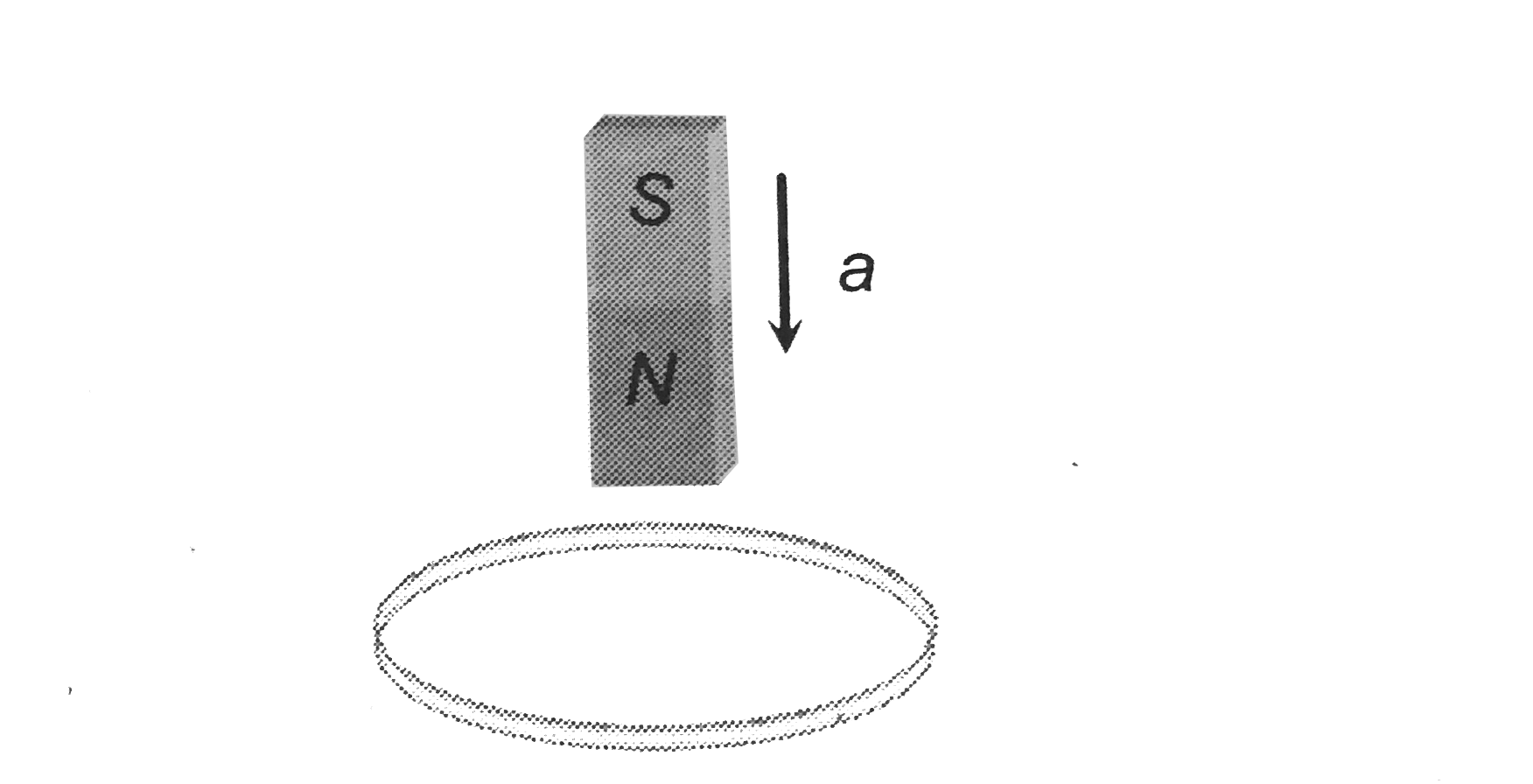Poles of a magnet
Step-by-Step Solution:
1. Understanding the Concept of Poles: A magnet has two distinct ends known as poles. These poles are called the North Pole and the South Pole.
2. Identifying the Poles: In a bar magnet, one end is designated as the North Pole (N) and the other end as the South Pole (S). This can be visualized as follows:
- North Pole (N) is typically marked on one end.
- South Pole (S) is marked on the opposite end.
3. Behavior of Magnets: When you bring two magnets close to each other, the North Pole of one magnet will attract the South Pole of another magnet, while like poles (North-North or South-South) will repel each other.
4. Breaking a Magnet: If you take a magnet and break it into two pieces, each piece will still have a North and a South Pole. This means that:
- If you break a bar magnet, the piece that was originally the North Pole will still have a North Pole, and the piece that was originally the South Pole will still have a South Pole.
- Additionally, each broken piece will form a new North and South Pole.
5. Conclusion: Therefore, regardless of how many times you break a magnet, you will always end up with smaller magnets that each have a North and a South Pole.
Summary:
- A magnet has two poles: North and South.
- Breaking a magnet results in smaller magnets, each with a North and South Pole.
- North Pole (N) is typically marked on one end.
- South Pole (S) is marked on the opposite end.
- If you break a bar magnet, the piece that was originally the North Pole will still have a North Pole, and the piece that was originally the South Pole will still have a South Pole.
- Additionally, each broken piece will form a new North and South Pole.
- A magnet has two poles: North and South.
- Breaking a magnet results in smaller magnets, each with a North and South Pole.
Topper's Solved these Questions
- MAGNETISMBOOK - ICSECHAPTER - MAGNETISMEXERCISE - Exercises (Section II) Distinguish between the following .
6 Videos
- MAGNETISMBOOK - ICSECHAPTER - MAGNETISMEXERCISE - Exercises (Section II) Short answer questions
6 Videos
- MAGNETISMBOOK - ICSECHAPTER - MAGNETISMEXERCISE - Exercises (Section II) Give reason for the following
4 Videos
- LIGHTBOOK - ICSECHAPTER - LIGHTEXERCISE - Picture Based Questions
21 Videos
- MATTERBOOK - ICSECHAPTER - MATTEREXERCISE - Picture Based Questions
2 Videos
Similar Questions
The pole of a magnet, which points towards the geographical North when the magnet is suspended freely
View SolutionExplain the following: When two pins are hung by their heads from the same pole of a magnet, their pointed ends move apart.
View SolutionA metalic ring is attached with the wall of a room. When the north pole of a magnet is brought near to it, the induced current in the ring will be

View SolutionIn the given figure, the north pole of a magnet is brought towards a closed loop containing a condenser. Positive charge will be produced on

View SolutionThe North pole of a magnet is falling on a metallic ring as shown in the figure. The direction of induced current, if looked from upside in the ring will be

View SolutionDistinguish between North pole and south pole of a magnet
View SolutionHow do you find the north pole and south pole of a magnet?
View SolutionWhen a magnet is dipped in a bowl of iron filings, the poles of the magnet attract
View SolutionExplain the following: Several soft iron pins can cling, one below the other, from the pole of a magnet.
View SolutionLiquid oxygen remains suspended between two pole faces of a magnet because it is
View Solution
